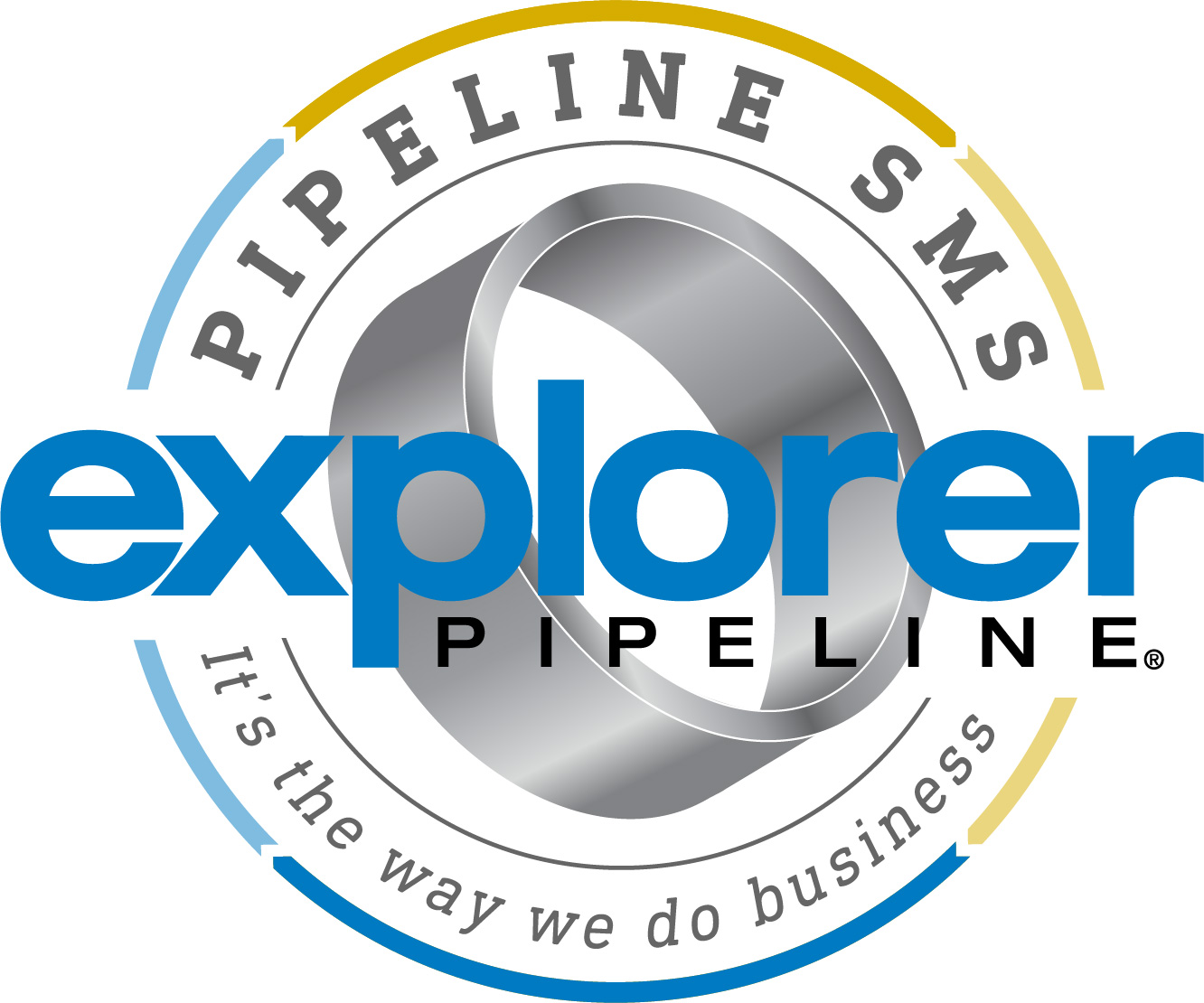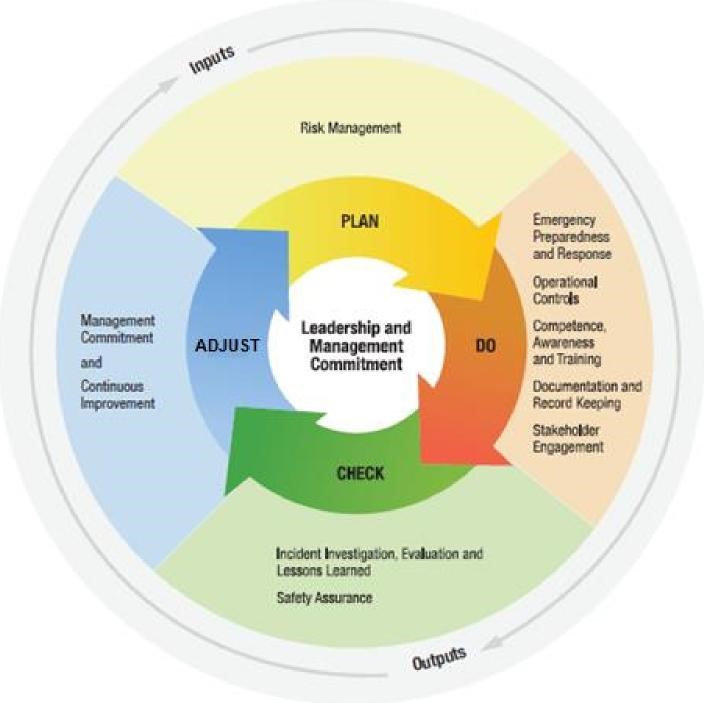Explorer Pipeline Safety Management System

Explorer’s Pipeline Safety Management System (PSMS) is a program designed to systematically identify, assess, and manage the operational risks with potential to impact our team members, third party contractors, the environment, our core business, and all other identified stakeholders. Consistent application of the elements defined in the PSMS provides on-going identification, prioritization, and control of these risks. The Company PSMS program establishes a continuous improvement process for the implementation of the PSMS and all related Policies, Processes and Procedures as well as strives to communicate the Company’s expectations and overall core values.
Explorer uses a four-step model as referenced in API Recommended Practice 1173 for implementation and continuous improvement. API 1173 was developed jointly by established pipeline companies working together with government regulatory agencies. This four-step model is known as the PDCA (Plan/Do/Check/Adjust) cycle, and the methodology can be applied to the management system as a whole as well as to all individual elements and processes within the system. Explorer’s PSMS uses this model as the basis for the program document’s organization.

Explorer Pipeline Safety Management System Components
Explorer defines 10 elements essential for developing and maintaining the safety management system. Each element is measured and tracked against defined benchmark values using a dashboard with monthly updates on the key performance indicators and is published on Explorer’s SharePoint site.

As Explorer progresses through this journey of continuous improvement in pipeline safety, we engage in internal and external assessments to understand our conformance and maturity with RP 1173 as well as our safety culture. Incorporating the PSMS goals and using the PDCA model throughout our day-to-day operations is the way we do business.


